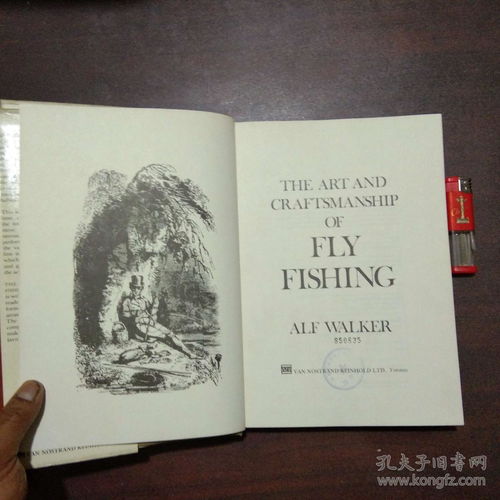Content:
Introduction: Fly fishing, an ancient and noble sport, has gained immense popularity in recent years. The allure of this technique lies in its simplicity and the thrill of catching fish with a fly rod. If you are a beginner and looking to master the art of fly fishing, this article will provide you with essential tips on how to use a fishing rod effectively. By following these guidelines, you will be well on your way to becoming a proficient fly fisherman.
Choose the Right Fishing Rod: The first step in fly fishing is selecting the appropriate fishing rod. As a beginner, it is recommended to opt for a medium-action rod with a flexible tip. This type of rod allows for better casting and is easier to control. Ensure that the rod is suitable for the type of fishing you plan to do, such as freshwater or saltwater.
Familiarize Yourself with the Components: Before you start using your fishing rod, it is crucial to understand its components. The rod consists of the handle, reel seat, guides, tip, and blank. The handle provides a secure grip, the reel seat holds the reel, guides guide the line, the tip flexes during casting, and the blank is the main body of the rod.

Proper Grip: Hold the fishing rod with a relaxed grip. Place your index finger and thumb on the handle, with the remaining fingers wrapped around the rod. Avoid gripping too tightly, as this can lead to fatigue and reduced casting accuracy.
Learn the Basics of Casting: Casting is a fundamental skill in fly fishing. To begin, practice casting short distances to get a feel for the rod. Hold the line in your dominant hand, leaving a few feet of line between your hand and the rod tip. With a smooth, fluid motion, bring the rod back to your hip, then forward to cast the line. Keep your wrist firm and follow through with the entire arm.
Master the Roll Cast: The roll cast is the most common casting technique used in fly fishing. To perform a roll cast, start by lifting the rod tip to form a loop of line. Then, while maintaining the loop, move the rod tip forward in a circular motion. As the line begins to straighten, release the loop, allowing the line to fly forward. Practice this technique until you can cast with accuracy and control.
Understand the Importance of Line Control: Line control is essential in fly fishing. To achieve it, learn to control the tension and speed of the line during casting and retrieval. Adjust the tension by adjusting the angle of the rod tip, and control the speed by manipulating the line with your fingers.
Learn to Present the Fly: Once you have mastered casting, it is time to focus on fly presentation. The key is to present the fly in a natural and lifelike manner. Practice different retrieves, such as a slow retrieve, a stripping retrieve, or a twitch retrieve, to mimic the natural movement of the fly.
Be Patient and Observant: Fly fishing requires patience and observation. Spend time studying the water and observing the behavior of fish. Look for signs of fish activity, such as rises or movement, and adjust your approach accordingly.
Practice Regularly: Like any skill, fly fishing requires practice. Spend time on the water, even if it means casting into a tree or practicing your casting technique in a field. The more you practice, the better you will become.
Conclusion: Fly fishing is a rewarding and enjoyable sport that can be mastered with dedication and practice. By following these essential tips on how to use a fishing rod, you will be well on your way to becoming a proficient fly fisherman. Remember to be patient, observant, and always have fun on the water. Happy fishing!












